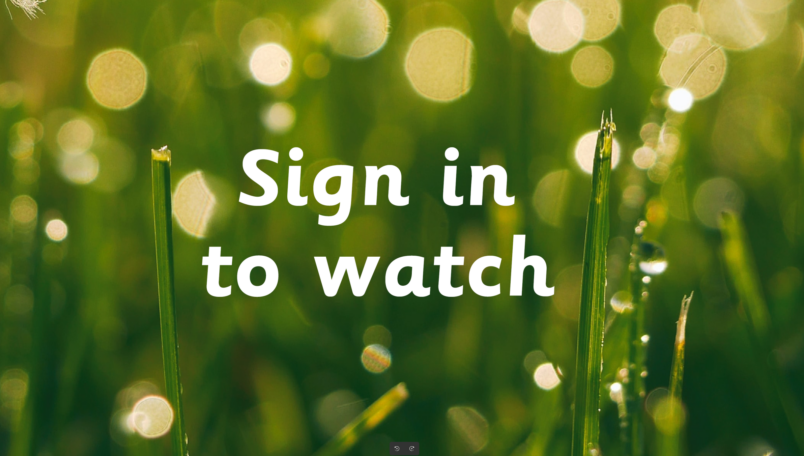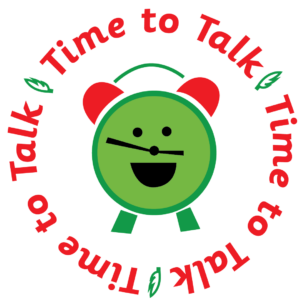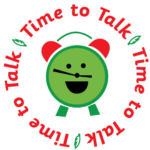Number (addition and subtraction): Hungry Hummingbird
Challenge level ⭐⭐
(designed for children with prior knowledge of the Year 3 and Year 4 programme of study)
Learning Objective
We are learning how to solve a natural world problem by using and applying our knowledge and skills of number and addition.
Useful prior knowledge:
- To read and write 4 and 5-digit numbers
- To add and subtract large numbers using efficient mental methods

Clip Description
Hummingbirds are known for their aerobatic skills. They can hover, fly backwards, sideways and even upside down! Just like a bee, a hummingbird is an important pollinator. As it drinks nectar from deep inside a flower, it transfers pollen from its beak and neck to the flower. This can lead to the creation of a new seed and, ultimately, a new plant.
In this fascinating clip, a bee hummingbird (the smallest bird in the world) can be seen feeding on nectar – a sugar-rich liquid. How do think the size of this tiny bird compares to an insect? Watch the clip to find out.
Quick Whiteboard Challenge
The name ‘hummingbird’ comes from the humming noise made by the rapid flapping of the bird’s wings. Incredibly, a hummingbird can flap its wings up to 200 times a second!
How many times might a hummingbird flap its wings in 10 seconds?
How many times might a hummingbird flap its wings in a minute?

 Sign in
Sign in

